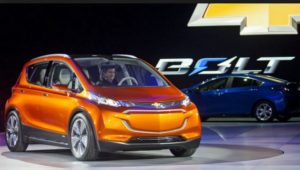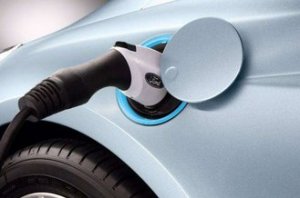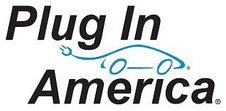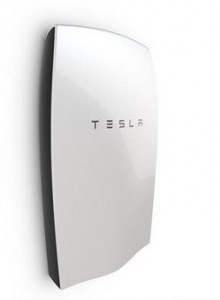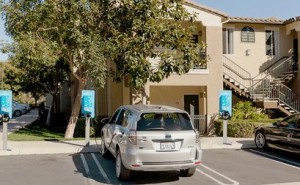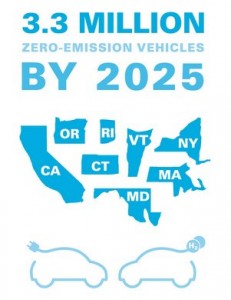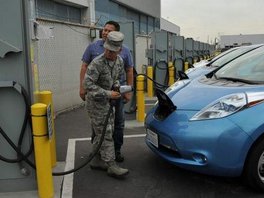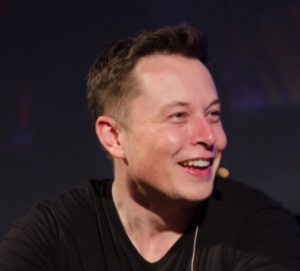 As seen in Green Auto Market and automotive media in general, Tesla Motors can seize center stage for periods of time and then do it again. In the past few years, other automakers (like Subaru, Hyundai, and Kia) have surged forward in sales and market presence; but their brand imaging pales in comparison. That being said, here’s my latest reality check on Tesla’s performance:
As seen in Green Auto Market and automotive media in general, Tesla Motors can seize center stage for periods of time and then do it again. In the past few years, other automakers (like Subaru, Hyundai, and Kia) have surged forward in sales and market presence; but their brand imaging pales in comparison. That being said, here’s my latest reality check on Tesla’s performance:
- Stock prices have dropped. The share price closed at $151.04 on Friday after having hovered around the $200 per share mark for several weeks. The high point reached in the past year was $286.65 per share. The fourth quarter earnings report last week was strong enough to get shares to jump nearly 6% to 10% on Thursday, but they declined again on Friday. The upcoming launch of its Model 3 and strong results from its energy storage division have helped, but analysts and large investors now think that prior price targets needed to be adjusted downward. Tesla’s market cap is now at about $20 billion.
- Company has yet to be profitable. On Wednesday of last week, Tesla posted its eleventh straight quarterly loss. Last year at the Detroit Auto Show, CEO Elon Musk said it won’t be until 2020 that the company becomes profitable (on a basis that includes charges and executive compensation). During last week’s investor conference call, Musk told investors that the carmaker will start turning profits this year. The company is forecasting a 60% to 80% increase in vehicle sales this year and promised to turn a profit on an adjusted basis. The company also reported that it planned $1.5 billion in capital spending this year but had just $1.2 billion in the bank – but investors where enthusiastic enough to drive up stock prices up to 10% that day in after-hours trading. How does this come to be? “Investors look at Elon, and some say he’s a promoter or that he steps over bounds with what he promises,” said Robert W. Baird analyst Ben Kallo. “But his track record is pretty good. That’s why he still attracts the type of institutional investors he does.”
- By the numbers. Tesla said net loss nearly tripled to $320.4 million, or $2.44 per share, in the fourth quarter from $107.6 million a year earlier. The cost of launching its Model X crossover has taken its toll. The company will be spending $1.5 billion on machinery and equipment to manufacture the Model 3, and to enhance cell production at the Gigafactory.
- Status of Gigafactory: Tesla Motors has been criticized in the media lately for falling way behind on its commitment to build advanced lithium ion batteries at its Nevada plant – and to support the local economy and hire more workers. Musk scoffed at the recent news coverage, and once again defended the $1.3 billion tax incentive package the company was awarded by Nevada lawmakers. Tesla and partner company Panasonic have started up the one-million square foot factory near Reno, and permanent jobs have been created in line with what the companies reported would be in place by now. However, the job creation number is significantly smaller than what state-hired economists projected during the 2014 special session to pass the tax breaks. Musk said the Gigafactory is “moving at a very good pace.”
- Competitive pricing on Model 3: Tesla will begin taking pre-orders of its Model 3 next month, which will be selling for $35,000. With incentives, that could drop down to as little as $25,000 in its closing price. That will be price competitive with the upcoming Chevrolet Bolt battery electric car, which may open at $30,000 before incentives. Tesla has managed to do very well selling its Model S in the $80,000 to $90,000 price range; and its newly launched Model X crossover is starting at around $80,000. Tesla’s creative leasing programs with bank partners such as Wells Fargo have helped close sales transactions. Eyes will be on Tesla on March 31 when it reveals the design and details of the upcoming Model 3.
- Performance in 2015: Last year did look good in sales performance for Tesla with revenue up 59% over 2014. Model S sales increased 35% in the fourth quarter compared to Q4 2014. The company set a record for deliveries in the fourth quarter even though gasoline prices were way down. To better service its electric cars, Tesla will be opening about 80 retail locations and service centers and adding 300 more Supercharger locations.
- Energy storage: During its quarterly report, the company announced that its Energy division has installed its first Powerwall home-battery storage units in the U.S., Australia, and Germany.


